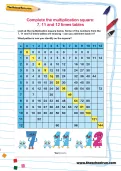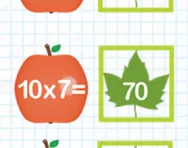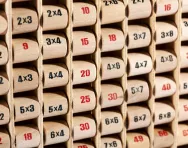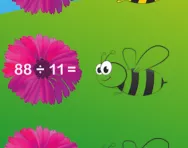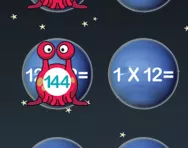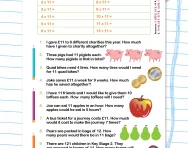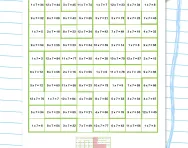TheSchoolRun.com closure date
As we informed you a few months ago, TheSchoolRun has had to make the difficult decision to close due to financial pressures and the company has now ceased trading. We had hoped to keep our content available through a partnership with another educational provider, but this provider has since withdrawn from the agreement.
As a result, we now have to permanently close TheSchoolRun.com. However, to give subscribers time to download any content they’d like to keep, we will keep the website open until 31st July 2025. After this date, the site will be taken down and there will be no further access to any resources. We strongly encourage you to download and save any resources you think you may want to use in the future.
In particular, we suggest downloading:
- Learning packs
- All the worksheets from the 11+ programme, if you are following this with your child
- Complete Learning Journey programmes (the packs below include all 40 worksheets for each programme)
You should already have received 16 primary school eBooks (worth £108.84) to download and keep. If you haven’t received these, please contact us at [email protected] before 31st July 2025, and we will send them to you.
We are very sorry that there is no way to continue offering access to resources and sincerely apologise for the inconvenience caused.
Complete the multiplication square: 7, 11 and 12 times tables
What times tables should a Year 4 child know?
By Year 4, a child should be confident with the times tables up to 12 × 12. This means they should know the multiplication facts for all numbers from 1 through 12. Being confident with times tables by the end of Year 4 will set your child up for success in their future maths learning.
How can you help your Year 4 child learn their times tables?
To help children grasp times tables, it's essential to start with counting in sequences. Using tools like Unifix cubes or building blocks, children can create visual patterns that represent times tables, making it easier to understand and remember. For example, if learning the 3x table, they can build sticks of 3, 6, 9 and visually follow the sequence.
Another method is using a 100-number square, where children colour in multiples of a number (like 4) to see patterns emerge.
Engage your child with simple games using coloured cards, where they match multiplication questions to answers, and use speed grids to track their progress. Address tricky problems by singling them out—write challenging equations on a large sheet of paper and display it prominently.
Lastly, introduce the correct vocabulary, explaining factors and multiples through examples, like 6 x 4 = 24, where 6 and 4 are factors, and 24 is a multiple of both. This reinforces understanding and prepares them for more advanced math concepts.
How do multiplications squares work?
A multiplication square, also known as a multiplication grid or times table grid, is a helpful tool for visualising and learning multiplication facts.
A multiplication square has numbers along the top row and down the left column, typically from 1 to 12. To find the product of two numbers, you find one number on the top row and the other on the left column, then follow those to where they intersect in the grid, which shows the answer.
This tool is great for spotting patterns and memorising multiplication tables. For example, you can see how numbers multiply by following rows and columns, which makes it easier to remember the facts.
For more help with Year 4 maths, check out our hub page, or try a new activity such as our Mixed times table challenge.
